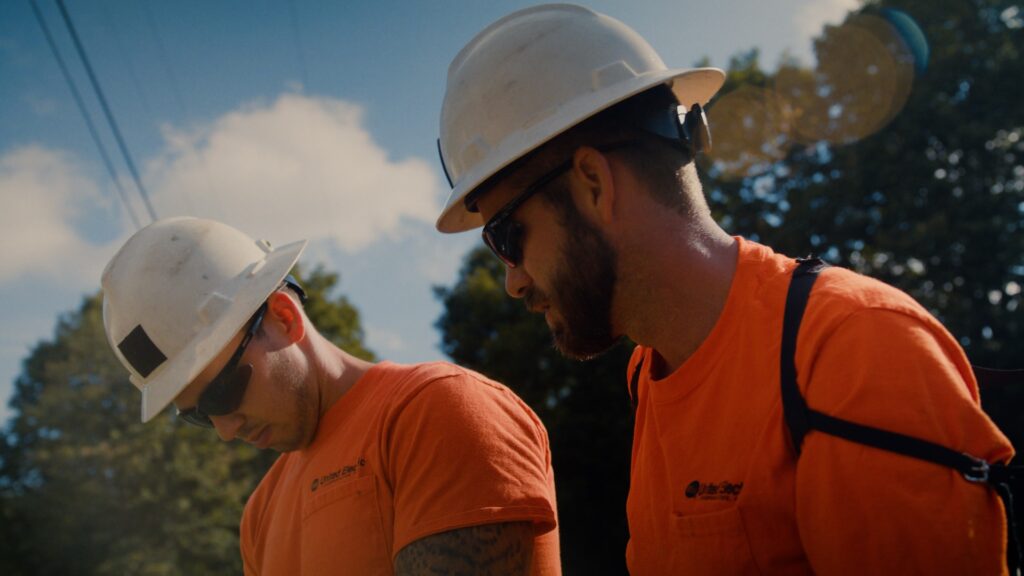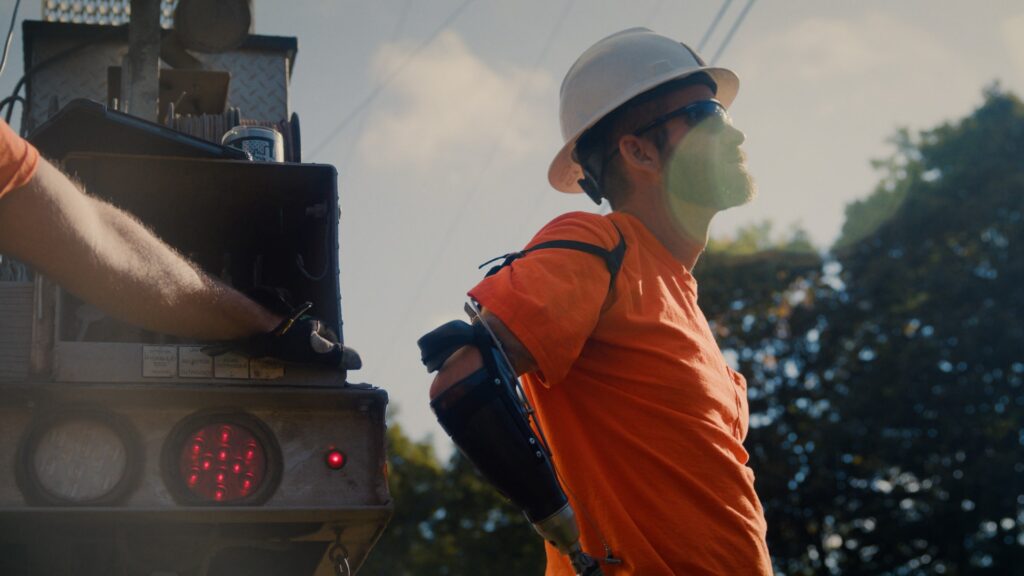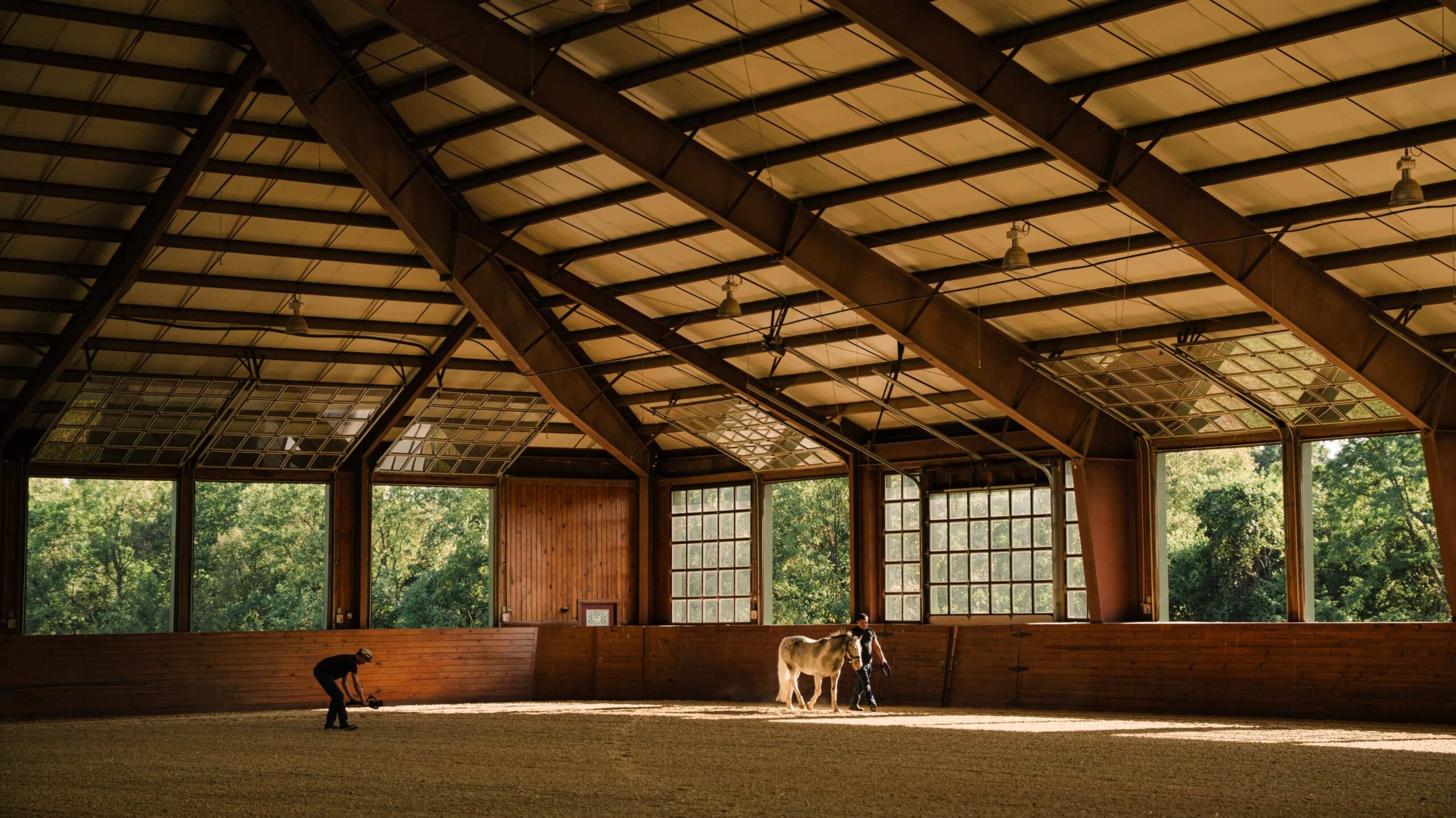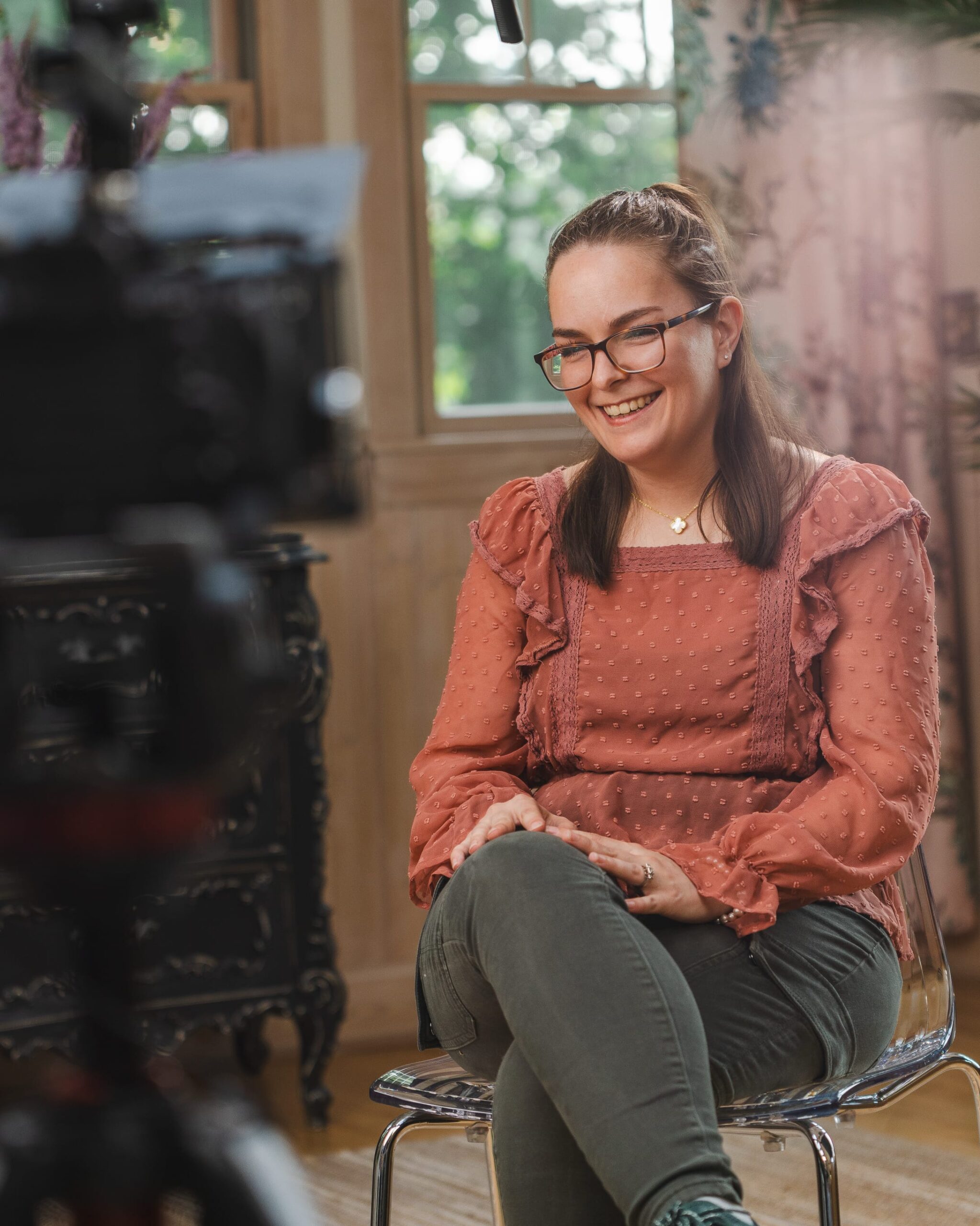Safety Video Production: Why Stories Matter
Safety is non-negotiable. For companies and educators, ensuring employees understand and follow safety protocols isn’t just important, it’s life-saving. Yet, the tools often used to communicate these vital messages fall flat.
Traditional safety videos tend to resemble PowerPoint presentations: bullet points, monotone narration, and a string of rules. The problem? Most people don’t remember them. And when safety relies on memory, forgettable videos are a liability.
If you want your safety message to stick, you need to move beyond the facts. You need a story.
The Problem with Traditional Safety Videos
Think about the last generic safety video you watched. Did it hold your attention? More importantly, can you recall the details now?
Traditional safety videos fail for two reasons:
1. They lack emotional engagement. Bullet points don’t inspire. Without an emotional connection, the information fades.
2. They aren’t relatable. People don’t see themselves in a checklist. They see rules, not reasons.
When it comes to safety, rules alone aren’t enough. You need to make people care. The best way to do that is by humanizing the message.
Why Stories Work
Humans are wired for stories. Stories activate emotions, engage the brain, and stick in memory far longer than dry facts.
A good safety story doesn’t replace rules. It brings them to life. It turns “don’t do this” into “this is what happened when someone did.” It transforms “always wear PPE” into “here’s how protective gear saved a life.”
Storytelling connects the dots between actions and consequences. It shows why safety matters, not just what the rules are.
Crafting a Memorable Safety Video
To create a safety video that resonates, focus on these key elements:

1. A Relatable Character
Your audience needs to see themselves in the story. This could be a coworker, a peer, or someone facing a situation they might encounter.
2. Conflict and Resolution
Every great story involves a challenge. In safety videos, this often means showing what happens when protocols aren’t followed, and how they can prevent harm.
3. Authenticity
Audiences can sense when something feels forced. Use real stories, real people, and real stakes to make the message hit home.
4. A Clear Takeaway
Don’t just tell a story for the sake of it. Connect it back to the rules and protocols you want employees to remember.
From Forgettable to Unforgettable: Branden’s Story
Consider “Branden’s Story,” a video we created to emphasize electrical safety. Branden, a lineman in Pennsylvania, survived an accident with a high-wire electrical line, a miracle, given the voltage involved.
The video isn’t just a retelling of the incident. It’s Branden’s voice, his emotions, and his lessons learned. Viewers see the stakes of not following safety procedures, not as a hypothetical but as a lived experience.
Instead of listing rules about high-wire safety, the video shows the consequences of not adhering to them. It’s visceral, impactful, and, most importantly, unforgettable.
Stories like Branden’s don’t just communicate safety protocols. They humanize them. They ensure viewers remember why those rules exist, and what’s at stake if they’re ignored.
The Impact of Story-Driven Safety Videos
Storytelling transforms safety education.
• Increased Engagement: Stories hold attention longer than bullet points. People are naturally curious about how a story unfolds.
• Better Retention: Viewers remember stories because they evoke emotions and relate to real experiences.
• Stronger Buy-In: Employees are more likely to follow safety protocols when they understand the human cost of neglecting them.
Safety videos that tell stories don’t just inform. They inspire action.
Practical Tips for Your Next Safety Video
If you’re considering a safety video for your organization, here’s how to make it effective:

1. Focus on Real Stories. Whether it’s a near-miss, a hero who saved the day, or a tragic accident, real stories resonate.
2. Show, Don’t Just Tell. Use visuals, reenactments, and testimonials to make the story vivid.
3. Collaborate with Professionals. A polished, well-produced video signals that safety is a priority for your organization.
4. Tie It to Your Culture. Make the story relevant to your workplace. Highlight scenarios employees might face daily.
Safety Videos That Save Lives
Safety is about protecting people. It’s about making sure everyone goes home at the end of the day. A forgettable video can’t achieve that. But a story-driven video can.
By moving beyond bullet points and into the realm of storytelling, you can create safety videos that resonate, educate, and save lives.
Ready to tell your story? Let’s create a safety video that makes a difference.
READ LATEST
the
we're storyteller studios
documentary-style film for brands & causes
In 2013, we started leveraging the power of documentary-style film for brands and causes in our hometown of Springfield, Illinois (hence our affinity for Lincoln).
Since then, we’ve worked with clients nationally and traveled to cities including Chicago, St. Louis, Kansas City, Indianapolis, Louisville, and Des Moines.
No matter where you are, we’d be honored to serve your brand next.
featured post
3 Must-Have Ingredients for Marketing Videos That Work
Every effective marketing video relies on three essential ingredients that make it resonate with audiences and drive results—discover what they are and how they can make your next video project a success.




